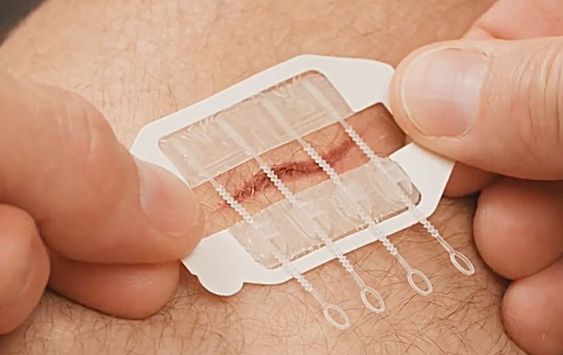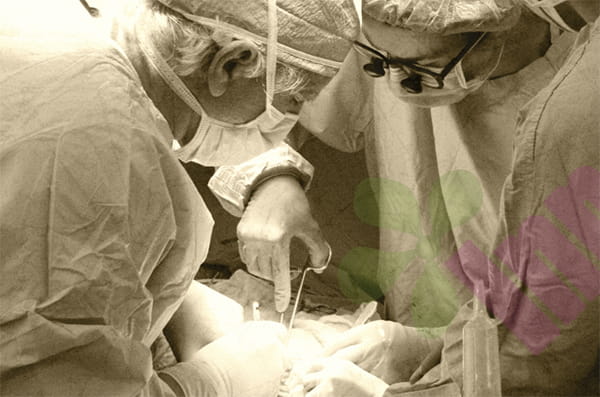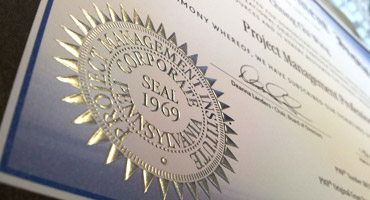The timing of suture removal after wound closure is a critical factor influencing wound healing quality. The timing of suture removal is determined based on multiple factors, including wound location, local blood supply, patient age, and wound tension. Appropriate suture removal ensures adequate wound healing while preventing adverse reactions caused by residual sutures.

What is the standard time for removing stitches in different parts of the body?
The head and face have a rich blood supply and heal quickly, typically requiring suture removal within four to five days. Because the skin on the head and face is less tensile, early suture removal improves aesthetics and reduces the risk of scarring. Neck wounds are generally removed around seven days after surgery, as this area has a greater range of motion and requires slightly longer support. Wounds on the trunk, such as the chest and abdomen, typically require suture removal seven to ten days after surgery. These areas have moderate skin tension and require ample time for a firm healing process.
Stitch removal at the joints of the limbs takes longer. Upper extremity wounds typically require stitch removal after 10 to 12 days, while lower extremity wounds require around 14 days. Knee and foot wounds, in particular, may require stitch removal after 14 to 21 days due to the high tension and relatively poor blood supply. Wounds of the hands and feet often require continued use of tension-reducing tape to prevent them from dehiscence.
What factors affect the time to suture removal?
Patient age is a key consideration. Infants and young children have strong tissue regeneration capabilities, so suture removal can be appropriately advanced. Elderly individuals heal more slowly, requiring a correspondingly longer suture removal time. Overall nutritional status directly impacts the healing process; suture removal should be delayed in patients with malnutrition. The presence of underlying medical conditions, such as diabetes and anemia, can delay wound healing, necessitating a longer suture retention period.
The local condition of the wound requires closer attention. Suture removal should be considered only after infection is controlled in infected wounds. If necessary, some sutures should be removed in advance to facilitate drainage. Areas with poor blood supply, such as the anterior tibial region and heel, require significantly longer suture removal times. Wounds with high tension or in active areas should have their suture removal time appropriately extended. Patients receiving corticosteroids or immunosuppressants have slower healing rates, and the suture removal time should be adjusted accordingly.
How to determine whether the wound has reached the standard for suture removal?
Basic requirements include good wound edge apposition and the absence of signs of infection, such as redness, swelling, and exudate. Gentle pressure around the wound should produce no noticeable pain or fluctuation. A preliminary epithelial cover should form on the wound surface, with a healthy color. Deep tissue healing should be strong enough to withstand the strain of daily activities. Ultrasound examination can be used to assess deep tissue healing if necessary.
What preparations need to be made before stitches are removed?
Assess the patient's general condition to ensure there are no signs of infection, such as fever. Carefully observe the wound to confirm there are no abnormalities, such as redness, swelling, heat, or pain. Prepare a sterile suture removal kit, including tweezers, wire cutters, and other instruments. Explain the suture removal process and the potential sensations to the patient, and obtain their cooperation. Choose a suitable environment, ensuring adequate lighting and space for the procedure.
What details should be paid attention to during the stitch removal operation?
Strictly adhere to aseptic techniques. First, disinfect the wound and surrounding skin with iodine. Use sterile forceps to gently lift the knot to expose the subcutaneous suture. Cut the suture just below the knot and close to the skin, quickly withdrawing it in the direction of the suture. After suture removal, disinfect the skin again and cover with a sterile dressing. Instruct the patient on precautions after suture removal, including wound protection and key observation points.
When is it necessary to delay suture removal?
Suture removal should be postponed if the wound shows signs of infection, such as redness, swelling, and exudate. The patient has an underlying condition that affects healing and is poorly controlled. The wound has high local tension and insufficient closure. Malnourished patients have suboptimal serum albumin levels. The wound has hematoma formation or poor blood supply. The patient is elderly or taking medications that affect healing.

What should I pay attention to after stitches are removed?
Keep the wound dry for 48 hours and avoid contact with water. Continue to use tension-reducing tape for 1 to 2 weeks to prevent dehiscence. Observe the wound for any abnormalities, such as bleeding or dehiscence. Avoid strenuous exercise or heavy labor for 2 to 4 weeks. Use anti-scar medication or a silicone patch as directed by your doctor. Have regular follow-up visits to assess healing progress.
For more information on Innomed® Wound Skin Closure, refer to the Previous Articles. If you have customized needs, you are welcome to contact us; You Wholeheartedly. At longterm medical, we transform this data by Innovating and Developing Products that Make Life easier for those who need loving care.
Editor: kiki Jia

 English
English عربى
عربى Español
Español русский
русский 中文简体
中文简体








